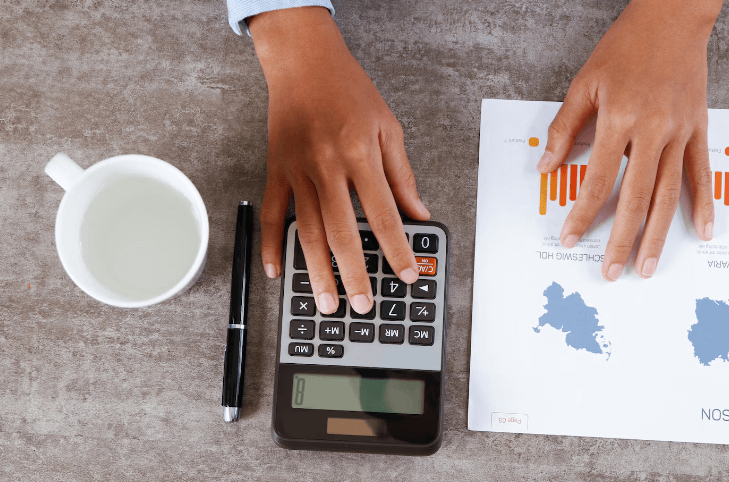Understanding the break-even point is crucial for any business as it indicates the minimum sales required to cover all costs, both fixed and variable. Knowing this figure helps business owners make informed decisions about pricing, budgeting, and strategic planning.
By calculating the break-even point, you can determine when your business will start generating profit and ensure you are on the right track toward financial stability. This guide will walk you through the steps to accurately compute the break-even point and provide practical examples to help you apply the concepts to your own business.
What Is the Break-Even Point?
The break-even point is an essential financial metric every business needs to grasp. It pinpoints the precise sales volume where your total revenues match your total costs, ensuring your business neither gains nor loses money. Essentially, it acts as a financial equilibrium. If your revenue dips below this point, your business runs at a loss. Understanding and calculating the break-even point empowers you to strategize effectively, whether setting prices, budgeting, or planning future growth.
Conversely, if the revenue exceeds the break-even point, the business is generating a profit. This crucial insight allows companies to make better strategic decisions, ensuring they are on the path to financial success.
Fixed Costs
Fixed costs are expenses that remain relatively constant regardless of the production output. These include costs such as monthly utility bills and rent. Unlike variable costs, fixed costs do not vary significantly with the level of business activity.
Sales Price per Unit
This figure represents how much you plan to charge customers for one unit of your product. It is essential to accurately determine the sales price per unit to ensure precise break-even calculations.
Variable Costs per Unit
Variable costs are directly related to the production of each unit. These costs can include wages for labor, raw materials, and other expenses that fluctuate with production levels. Often, variable costs make up a substantial portion of a company’s total expenses.
Example Calculation
To get a practical understanding, consider you know the total variable costs and the number of units produced. The calculation for the variable cost per unit would be:
Variable Cost per Unit = Total Variable Costs \ Total Units Produced
By substituting this value into the break-even formula, along with your fixed costs and sales price per unit, you can determine how many units need to be sold to break even. This vital calculation enables businesses to set realistic sales targets and manage expenses effectively.
How to Calculate the Break-Even Point for Your Business
Understanding the break-even point is crucial for any business as it indicates the minimum sales required to cover all costs, both fixed and variable. Knowing this figure helps business owners make informed decisions about pricing, budgeting, and strategic planning.
By calculating the break-even point, you can determine when your business will start generating profit and ensure you are on the right track toward financial stability. This guide will walk you through the steps to accurately compute the break-even point and provide practical examples to help you apply the concepts to your own business.
Break-Even Point Examples
Let’s illustrate how to calculate the break-even point with some examples. Sam’s Sodas, a soft drink manufacturer in the Seattle area, is considering introducing a new product called Sam’s Silly Soda. To understand the financial impact of this new drink, Sam decides to calculate the break-even point. This will help him and his management team determine if the new product is a wise investment. Below are the accounting costs for the first month of production:
- Fixed Costs: $2,000 (total for the month)
- Variable Costs: $0.40 (per can produce)
- Sales Price: $1.50 (per can)
Calculating the Break-Even Point in Units
Break-Even Point = 2000 / (1.50 – 0.40)
Break-Even Point = 2000 / 1.10
Break-Even Point ≈ 1818 units
This means Sam needs to sell just over 1,800 cans of the new soda in a month to reach the break-even point.
Conclusion
Understanding and calculating the break-even point is an indispensable part of managing a successful business. By knowing when your revenue will surpass your costs, you can set more accurate sales targets, create effective budgets, and make smarter strategic decisions. The example of Sam’s Sodas underscores the importance of this metric by demonstrating how it can influence decisions about launching new products.
Remember, the break-even point is not just a number; it’s a valuable insight that helps steer your business toward profitability and long-term financial health. Taking the time to compute and analyze your break-even point can provide you with the clarity and confidence needed to grow and sustain your business.

